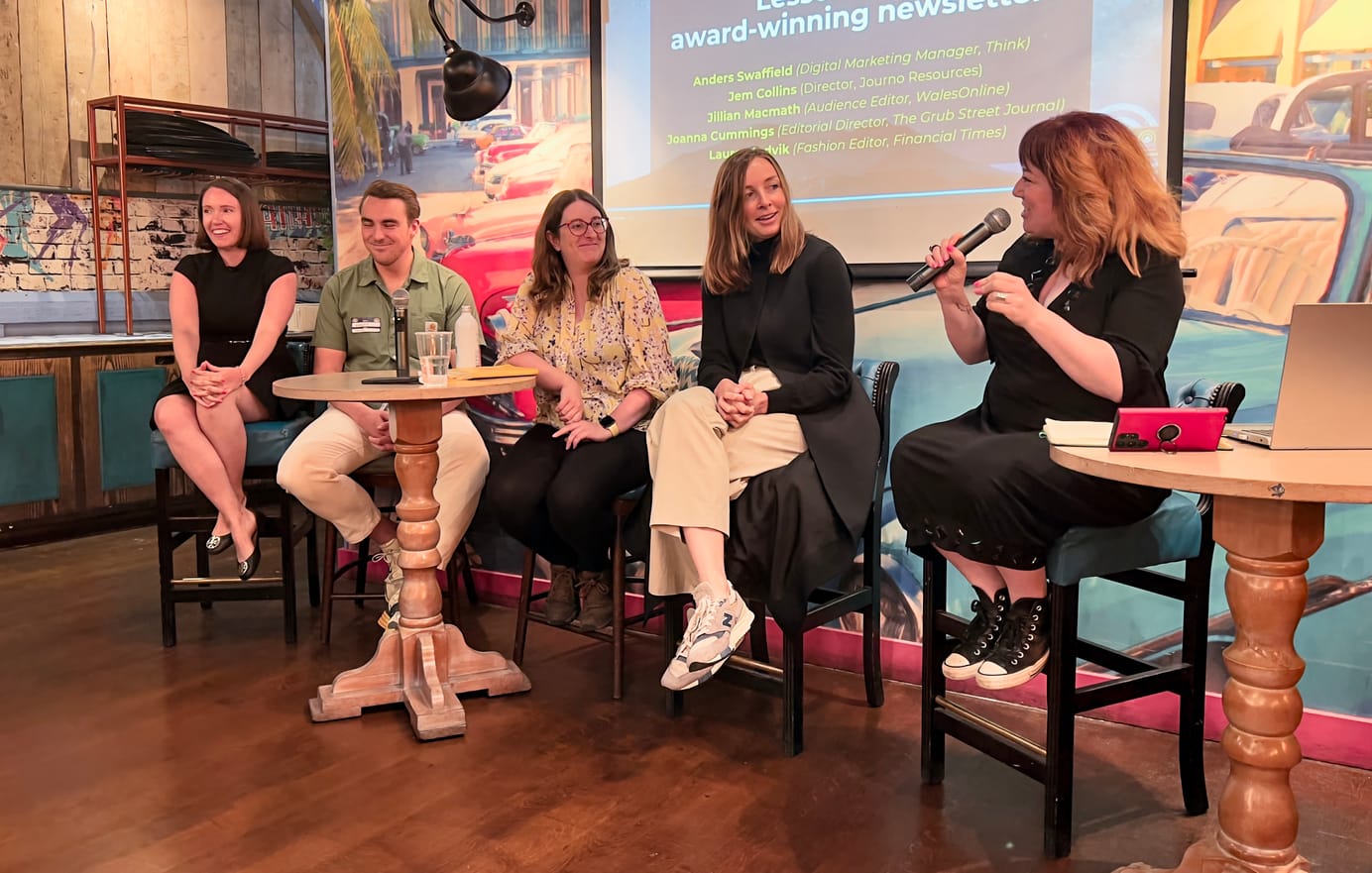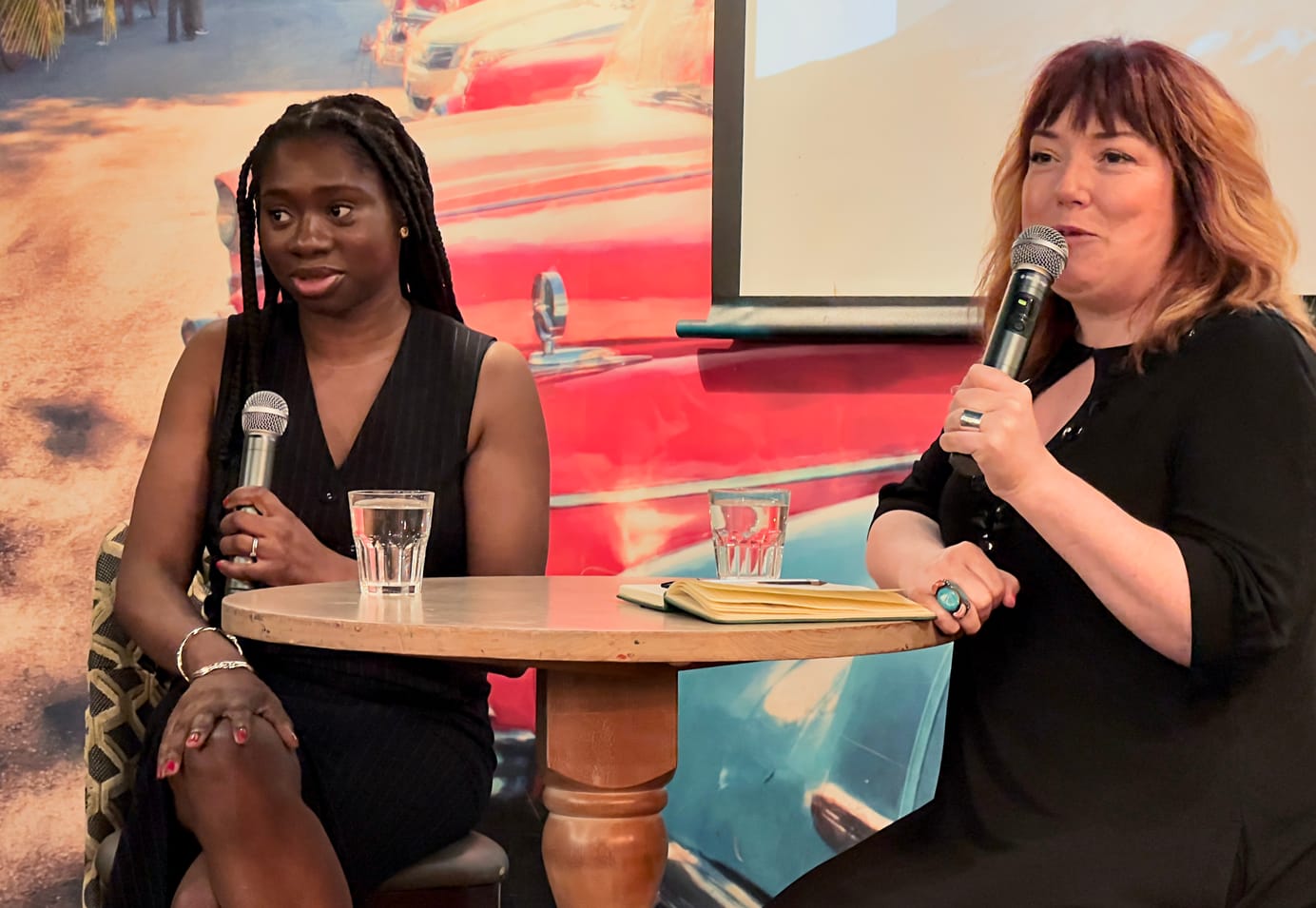
31-3.8 - Journalism will survive - but you might not recognise it
The future of journalistic publication might not look very much like its past…
Don’t you hate it when somebody leading a journalism business slips into jargon? Sarah Lacy of PandoDaily does exactly that when quoted in a Quartz piece on why funding is piling into new journalism ventures:
“Suddenly, the market for content just opened up,” said Sarah Lacy, founder of PandoDaily, which has secured about $4 million in venture capital since 2012. “It’s dramatically changed. I think a lot of it for me was Vice getting valued at $1 billion. No one had seen anything like that in the content space. And they’re trying to speak to a very specific audience that’s hard to reach in a deeply authentic way. It’s certainly not something you’re phoning in. It’s not a pre-written press release. It’s not a listicle.”
As a commenter puts it:
Vice is deeply authentic?
This isn’t actually about authenticity – which is one of those buzzwords that’s in danger of following “engagement” into a semantic void – but about being web native. Too many of the ventures of the past have been of the “do what we used to do, but online” form – online magazines or newspapers that borrowed the tools of blogging to do much as they did before. If you were lucky you got some web thinking in there, but if you weren’t they was just a straight replication of print formats. Think that doesn’t still happen? Look at most tablet editions of magazines and how badly they sell.
Life amongst the web-natives
What we are seeing is the emergence of journalistic forms that are deeply web-native, and that use well the expanded toolbox digital gives us. Without the very high overheads that traditional publishing businesses carry, and using clever, light-weight tech, they’re rapidly building towards sustainable models of online journalism – even if they don’t look like the forms we know. That does two things: it makes them potentially sustainable, profitable web businesses – and that makes them attractive to VCs. But it also changes the context of the debate about the future of journalism.
Let’s be honest here: I’m pretty much one of those grumpy old “these markets are conversations” Cluetrain Diehards, and I’m pretty proud of that. (And if you have no idea what I’m talking about that, follow the link and consider yourself SHAMED)
But there’s one conversation I’m very deeply uninterested in having – and that’s “does journalism have a future?”
That’s a finished conversation, because the answer is very clearly “yes”. The growing pool of profitable, online-fiesta and only business proves that. It just doesn’t look like the business we had before.
The Journalism Conversation Concluded
The new forms of journalism emerging aren’t just shovelware from print. They let go of the idea of the printed page and the press deadline, and experiment with new ways of storytelling, and new ways of creating package of material, that wouldn’t have worked in print.
Startups like Vox and The Intercept don’t look much like the papers that once sheltered their founders. Sustainable tablet editions aren’t page-tuning PDF replicas of your print edition, they’re titles like The Magazine, a sustainable iPad and web business, with a successful print Kickstarter behind it.
The only question left is “is there room for the existing businesses in this new future?” And that’s a challenging question.
Adapt, Evolve or Die
To follow the paths of those start-ups, the existing businesses need to drive down their cost base ruthlessly, without cutting back on the content creators – which is what many of them are doing. They need to get over their obsession with big projects, and big buildings. They need to become – well, completely different businesses.
I don’t see that happening. I’m not sure it’s possible.
And so, we come to a hard conclusion: that the lessons learned from those agile startups can’t be learned by the big publishing businesses – they’ll have to forge their own path. And the clock is ticking – leave it too long, and those startups will take all the attention away from you. And where the attention goes, the money goes. You can’t wait for someone to show you the way – that’s why I was so hard on “best practice” a few days ago – you have to forge your own path.
Journalism does have a future. Paid journalism does have a future. Are you able to be part of it?
This is the eighth in a series of 31 substantive posts I’m going to try to write through March.
Sign up for e-mail updates
Join the newsletter to receive the latest posts in your inbox.










